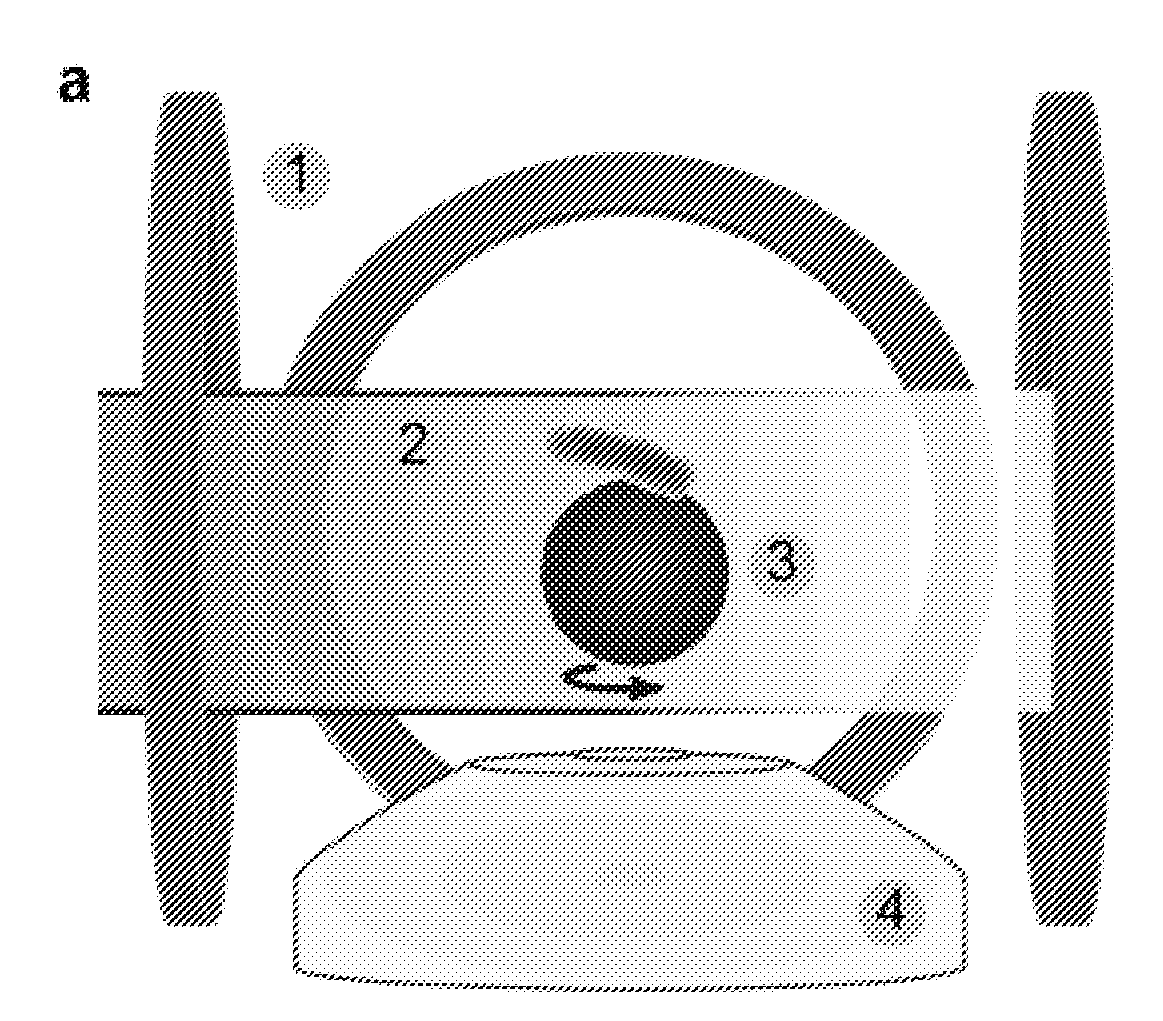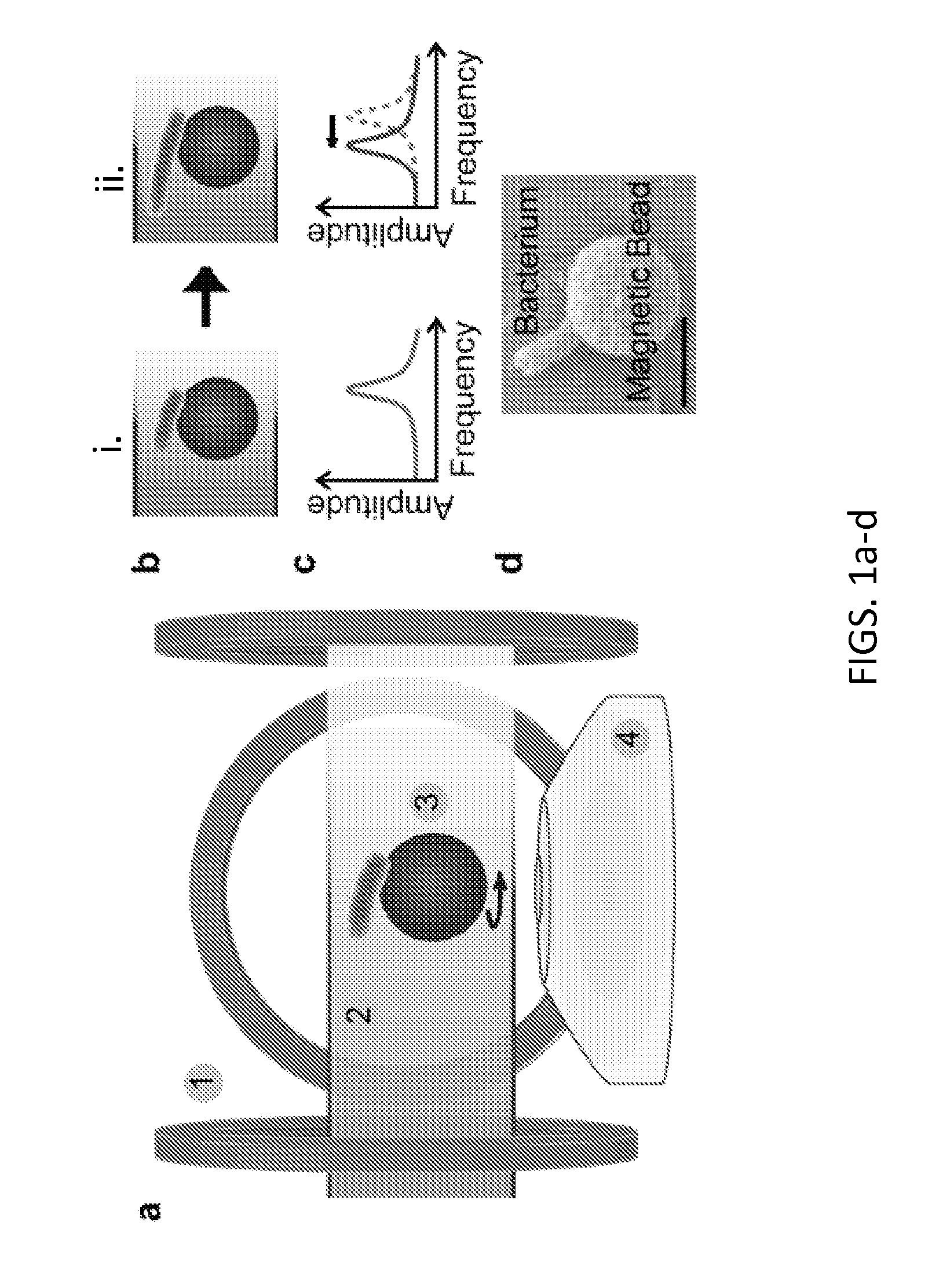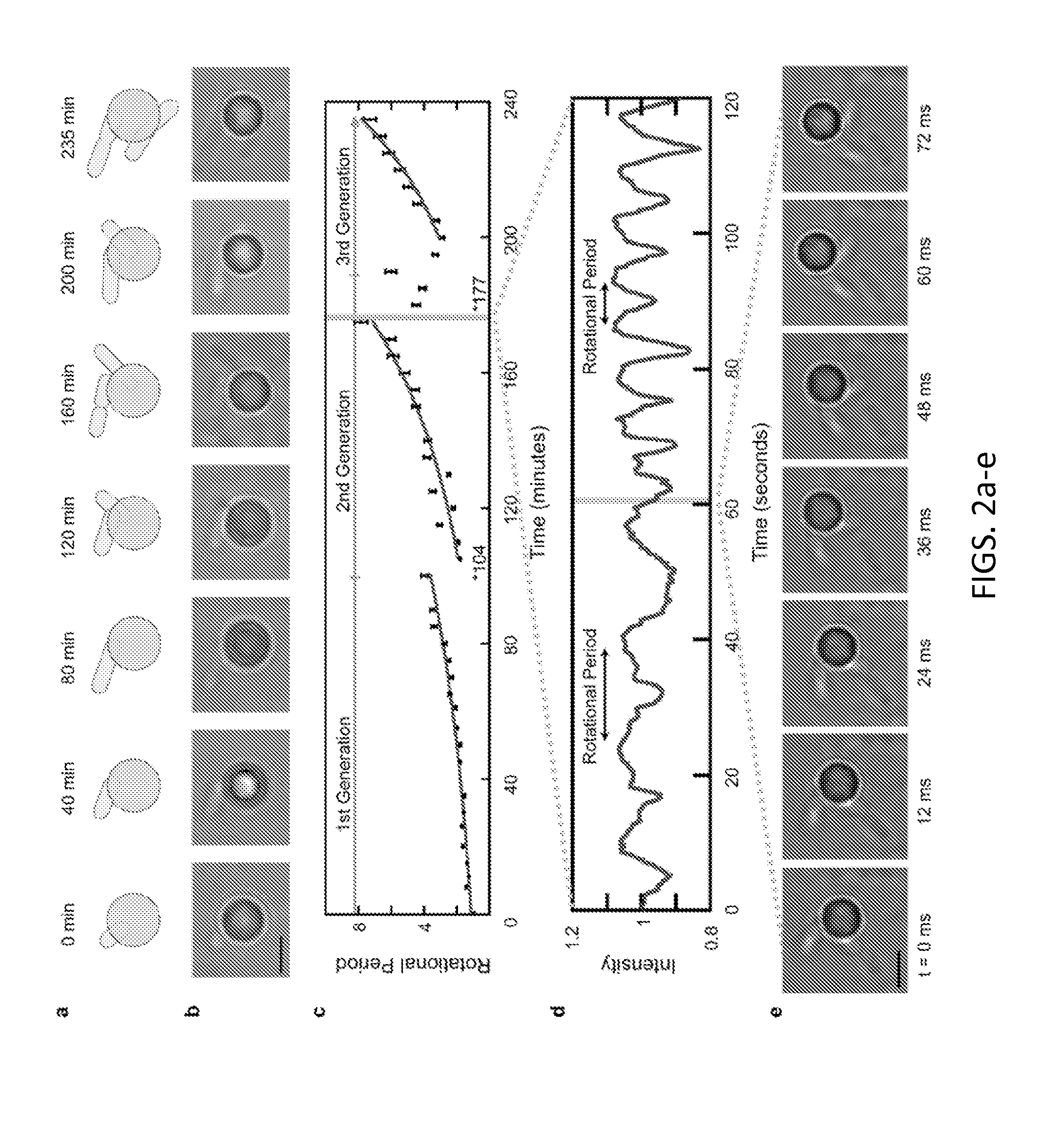Asynchronous Magnetic Bead Rotation Sensing Systems and Methods
a technology sensing systems, applied in the field of asynchronous magnetic beads rotating sensing systems and methods, can solve the problems of increasing resistance only worsening, affecting the health of patients, and many clinicians frustrated, so as to achieve the effect of easy rotation and more slowly rotating
- Summary
- Abstract
- Description
- Claims
- Application Information
AI Technical Summary
Benefits of technology
Problems solved by technology
Method used
Image
Examples
example
Integrated and Automated Systems
[0232]FIG. 27 illustrates one variation of an integrated and automated system for monitoring asynchronous magnetic bead rotation to determine cell binding and / or growth. In this example, the system is configured for use at least partially within an incubator. This exemplary system includes an AMBR station module that is configured to be positioned within the incubator, an analyzer module, likely containing a processor for receiving information from the optical sensor of the AMBR station module, and a computer, which may display, store, transmit or modify the date received from the system, including the analyzer module.
[0233]In general, the AMBR station module may include a sample chamber configured to hold a multiwell sample plate, a driving magnetic field source configured to apply a rotating magnetic field to drive asynchronous rotation of magnetic particles within a plurality of wells of a multiwell sample plate within the sample chamber; and an op...
PUM
 Login to View More
Login to View More Abstract
Description
Claims
Application Information
 Login to View More
Login to View More - R&D
- Intellectual Property
- Life Sciences
- Materials
- Tech Scout
- Unparalleled Data Quality
- Higher Quality Content
- 60% Fewer Hallucinations
Browse by: Latest US Patents, China's latest patents, Technical Efficacy Thesaurus, Application Domain, Technology Topic, Popular Technical Reports.
© 2025 PatSnap. All rights reserved.Legal|Privacy policy|Modern Slavery Act Transparency Statement|Sitemap|About US| Contact US: help@patsnap.com



